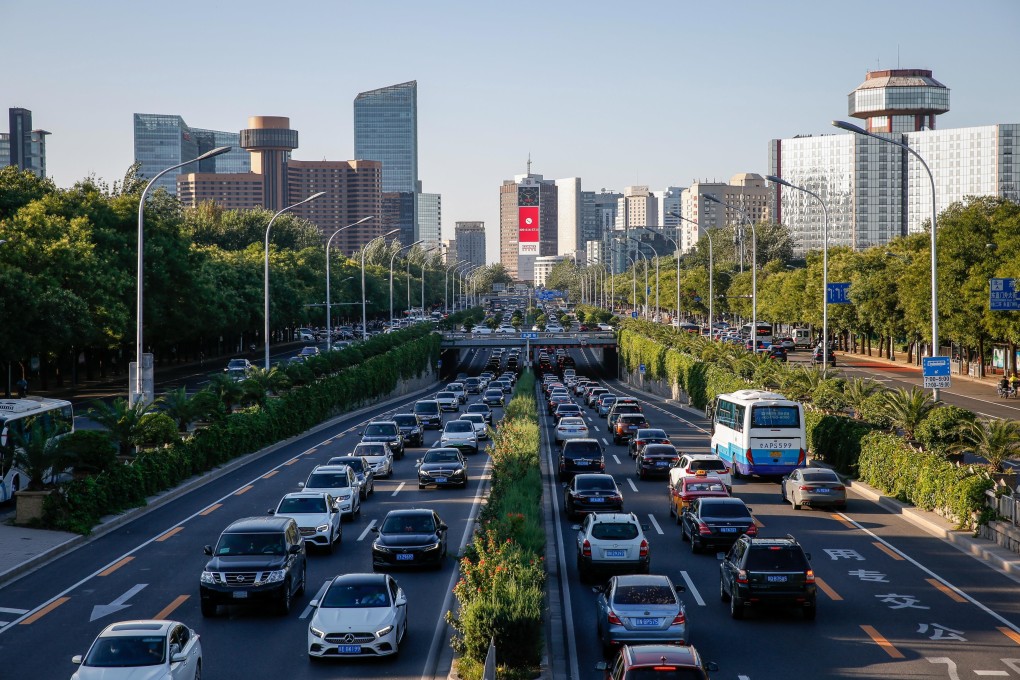Advertisement
China’s plan to fully electrify public vehicles to give NEV sector US$118 billion boost, analyst says
- NEV industry has entered a new stage of large scale and rapid development, Haitong International analyst says
- The programme aims to add 2.02 million public-sector NEVs in the next three years
Reading Time:2 minutes
Why you can trust SCMP
0

Yujie Xuein Shenzhen
Beijing’s push to fully electrify its public-sector vehicles is expected to create more than 800 billion yuan (US$118 billion) in market value for China’s new energy vehicles (NEVs) industry by 2025, an analyst said.
Last week, China’s Ministry of Industry and Information Technology and seven other government agencies announced a pilot programme aimed at increasing NEV use as city buses, taxis and sanitation, postal and logistics services vehicles.
The programme, which runs from this year until 2025, has set a few ambitious targets, including increasing the NEV use rate to 80 per cent in public-sector vehicles by 2025, from the current 10 per cent or so. It also aims to increase the number of charging facilities – it will strive to set up one new charging pile for each new public-sector NEV deployed.
“Currently, the overall use rate of new energy commercial vehicles in China is less than 9 per cent, with new energy trucks only accounting for 7 per cent,” Barney Yao, an analyst at Hong Kong-based brokerage Haitong International, said in a report published on Tuesday.
“The NEV industry has entered a new stage of large scale and rapid development,” Yao said. “With the easing of the Covid-19 pandemic and improvements in NEV technologies, the use intensity and scope of NEVs will be greatly improved.”
The pilot programme is significant because, while China delivered 6.88 million NEVs in 2022, up 93.4 per cent from the previous year, according to data from the China Association of Automobile Manufacturers (CAAM) released last month, in the commercial vehicle sector, which includes most public-sector vehicles, NEV use and charging infrastructure were lagging far behind.
Advertisement